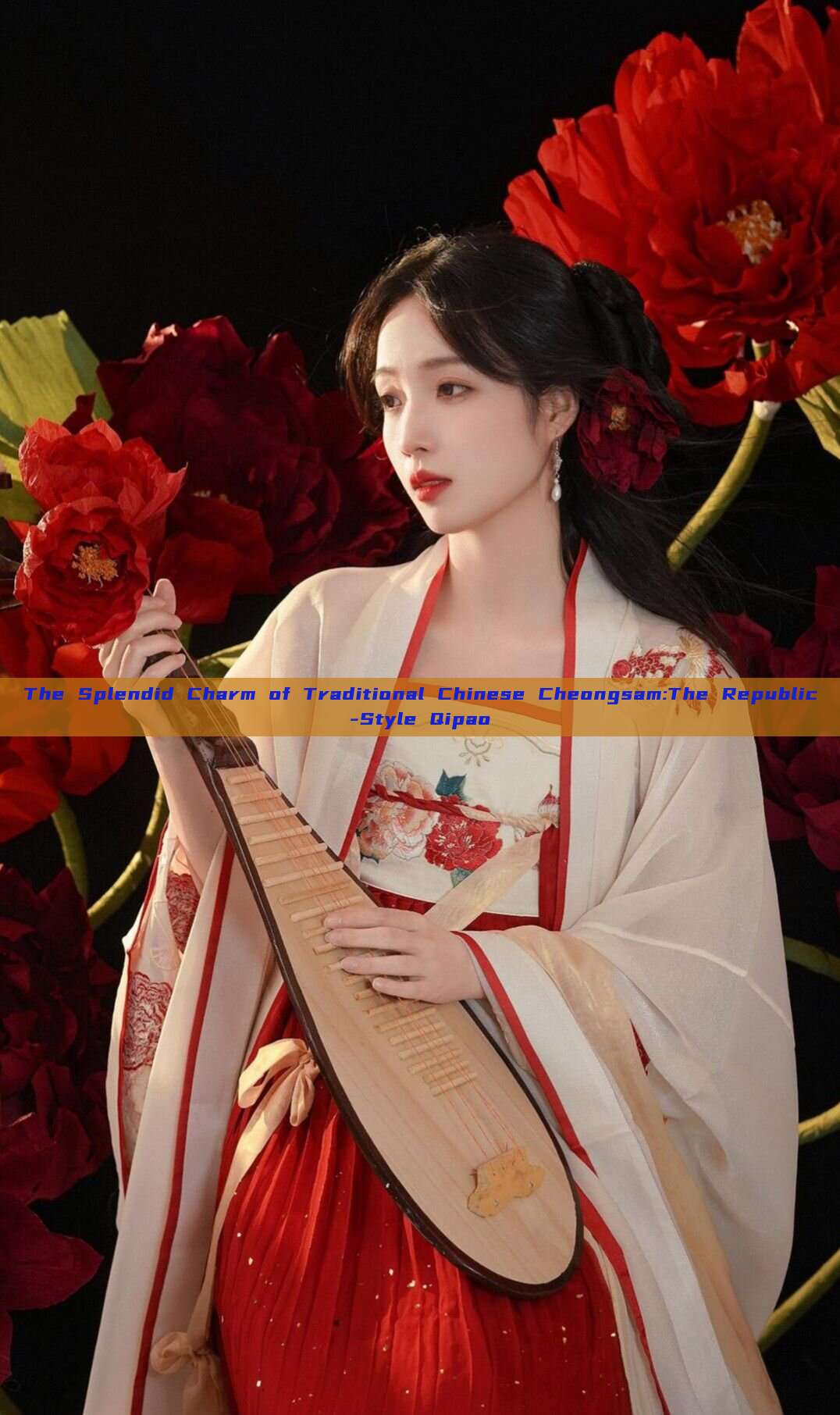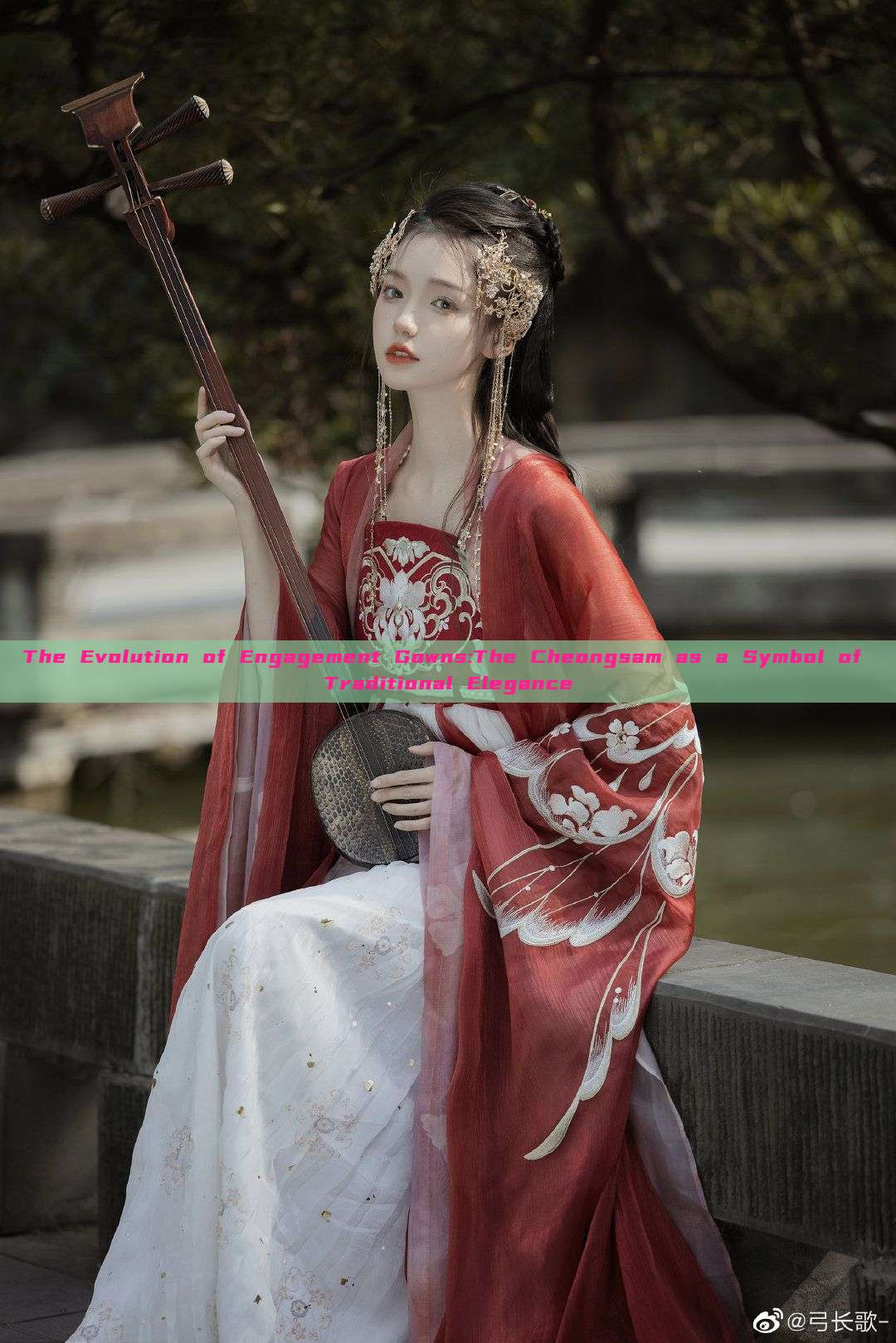In The annals of Chinese fashion history, the cheongsam, also known as qipao, stands as a testament to the elegance and grace of traditional Chinese attire. Originating in the late 19th century, the cheongsam experienced a renaissance during the Republic of China era, when it transformed into a symbol of modernity and cultural pride. This article delves into the allure of the republic-style qipao, exploring its design elements and cultural significance.

The qipao, a traditional Chinese women's garment, has a rich history that dates back to the Manchu dynasty. However, during the Republic of China era, it underwent significant transformations, blending traditional elements with modern designs. This era marked a transition from the conservative clothing of the past to a more modern and functional attire that still retained its cultural essence.
The republic-style qipao was characterized by its simple lines and elegant design. It featured a fitted bodice with a straight cut that accentuated the wearer's figure. The length of the qipao varied, with some reaching the wearer's feet and others ending at the calf. The collar was often low and soft, allowing for a graceful appearance. Buttons were used extensively on the cheongsam, not only for closure but also as decorative elements.
The design of the republic-style qipao was influenced by Western fashion trends, particularly in terms of cut and silhouette. However, traditional elements such as the use of vibrant colors and intricate patterns were still evident in the design. The use of Chinese knots and embroidery techniques added a touch of traditional craftsmanship to the modern design.
The qipao was not just a garment; it was a symbol of cultural identity and pride. It reflected the wearer's status, taste, and social position. During the Republic of China era, women wore qipaos to showcase their individuality and modernity while still maintaining their cultural heritage.
The material used in making the qipao was also an important aspect. Silk, being the most prestigious material, was often used in making high-end qipaos. However, cotton and other less expensive materials were also used to make everyday qipaos that were more affordable for the common woman. The use of different materials gave the qipao its unique texture and feel, enhancing its overall aesthetic appeal.
Another aspect that made the republic-style qipao unique was its adaptability. It could be worn for various occasions, from formal events to casual wear. Its versatility made it a popular choice among women of different ages and social backgrounds. The qipao could be customized to suit the wearer's preferences and style, making it a truly personal piece of clothing.
Today, the cheongsam has evolved beyond its original form, but the republic-style qipao remains a timeless classic. It continues to be worn by women who appreciate traditional Chinese culture and want to showcase their individuality. The qipao has also gained international recognition, with many Western women adopting it as part of their wardrobe.
In conclusion, the republic-style qipao is not just a garment; it is a symbol of cultural heritage and modernity. It represents a blend of traditional Chinese culture with modern fashion, reflecting the wearer's pride and individuality. The qipao continues to captivate hearts across the globe, serving as a testament to the beauty and versatility of traditional Chinese fashion.







